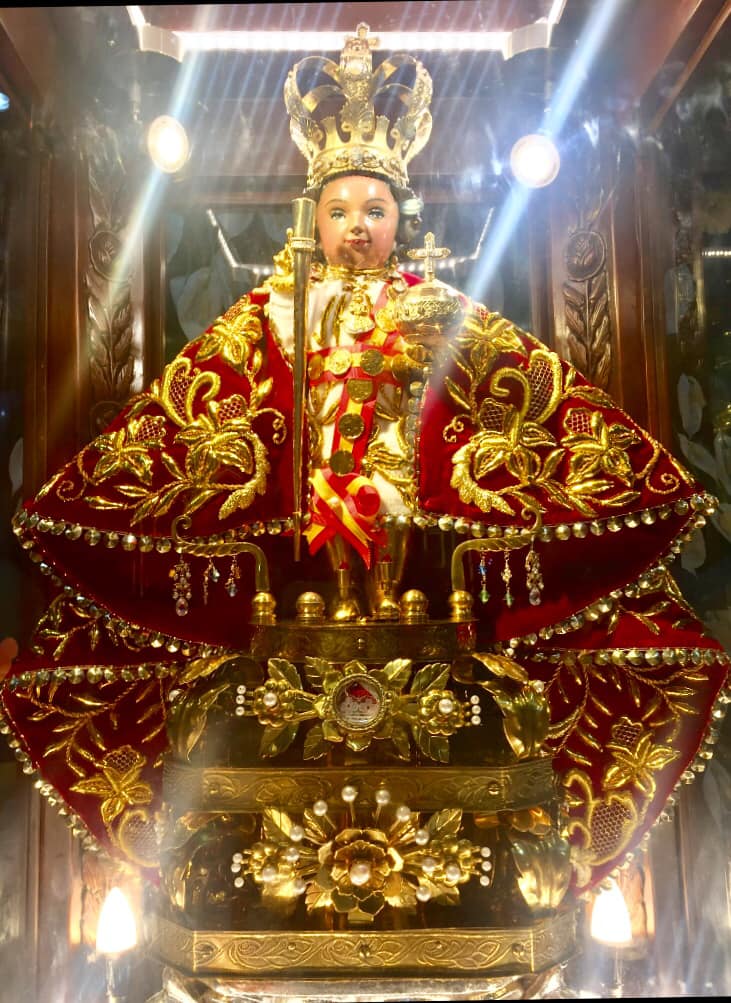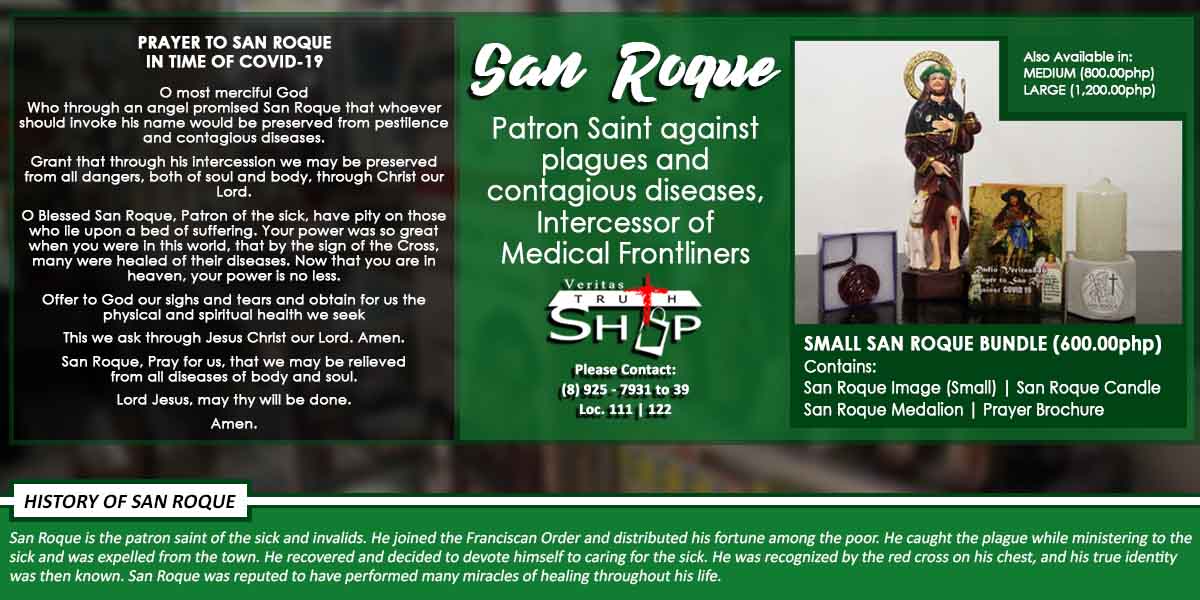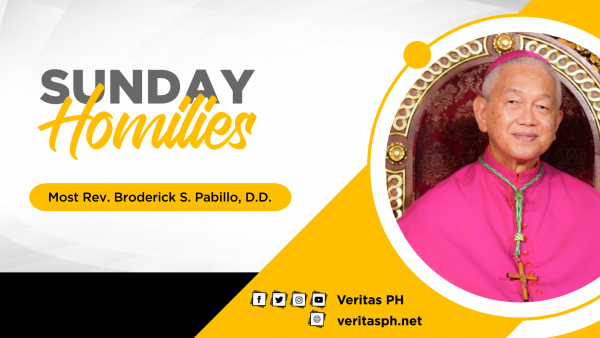156 total views
The Philippines could really be considered to have the longest celebration of Christmas because the feast of Sto. Niño is inextricably connected to the child Jesus. Thus the readings are about his coming: the reading from Isaiah (9:1-6) belongs to that section of the book of the prophet which is called the “the book of Emmanuel” which deals with prophesies about the coming Messiah whose coming is pictured as light to those in darkness, a king bringing salvation to his people; which is the fulfillment of God’s plan in Christ (Eph 1:3-6,15-18); who was born of a woman (Gal 4:4), growing, becoming strong, advancing in wisdom and in age and favor before God and man (Lk 2:40; 50-51).
Part of his growing up, Mary and Joseph raised him just like in any religious Jewish family observing the Torah including the annual journey to Jerusalem for the Passover. In this episode he was separated and eventually found after three days. At the confrontation in the temple Jesus stated something his parents cannot comprehend: “Did you not know that I must be in my Father’s house”. The word “dei” (δεῖ) explains Jesus’ separation from his earthly parents in order to be engaged in his Father’s ‘concerns’ or ‘house’. This in general points also as a distinct note of Christian discipleship in the gospel. New bonds in obedience to the Father surpass those of human origins (Lk 11:28f, 8:20). And in Jesus, it further speaks of the necessity to pursue the Father’s work. This compelling engagement of Jesus in God’s salvific plan is a Lucan motif: Lk 24:46; Acts 1:16,21).
The single minded devotion to the Father’s will is to mark the whole of Jesus’ ministry. For the time being it means his humble submission to his human parents. It is Christ’s obedience that will bring about the planned redemption of God (Phil 2:8).
As we honor the child Jesus, may our annual celebration lead us to a true allegiance to our King, Messiah and Savior by imitating his total obedience to the will of the Father and making His “concerns” ours as well. With the Sto. Niño, the symbol of the beginnings of our Christian faith, let us continue the misssion of Jesus by bringing others to the faith and rejuvenating those who are already in the faith.
Pit Señor!

















